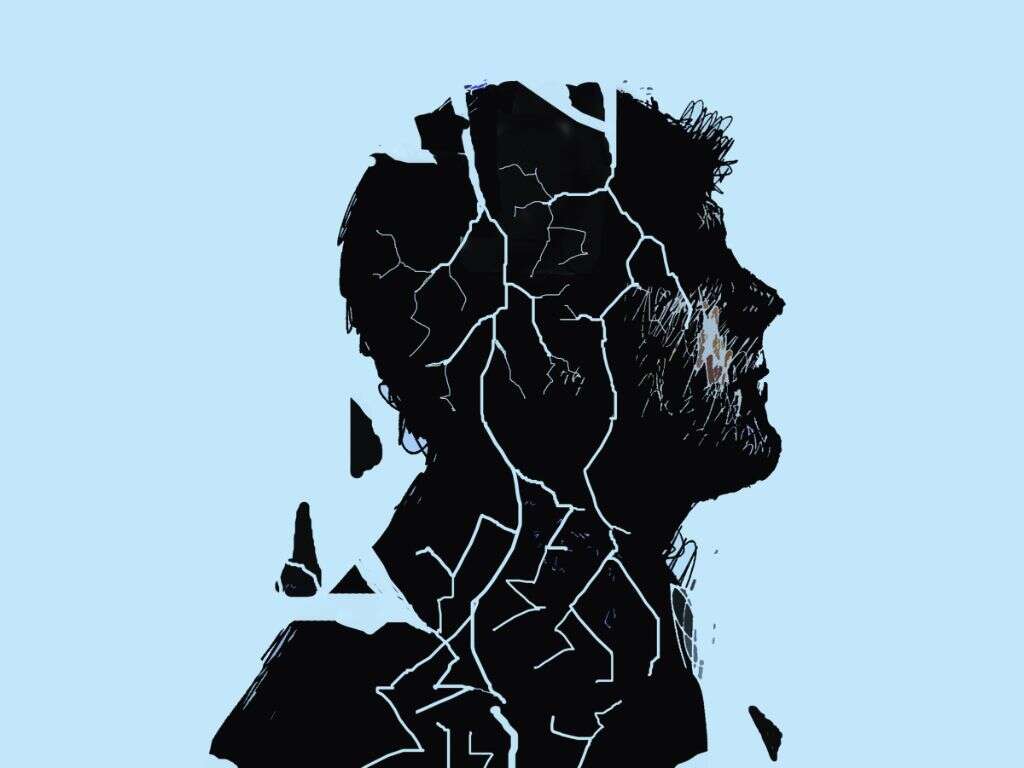What Is Somatization Disorder?
Our bodies are incredibly complex. At any one given moment, countless pieces of information are being sent to and from our brains. These help us to know what is going on around us, as well as helping us to move and react. With so much information in circulation, it is inevitable that something will go wrong sometimes.
If these messages are confused then it can mean the brain receives the wrong information. This can result in conditions like somatization disorder that can cause the patient to feel things that are not even there. This can be very painful and extremely distressing, and it can also be very hard to treat.
1. Somatization Disorder
Somatization disorder is a type of mental disorder. It has been combined with another type of disorder to become known as somatic symptom disorder. The condition causes the patient to experience pain and other unwelcome symptoms for which there is no apparent cause.
Even though medical professionals may not be able to find a source of the symptoms, they are still very real for the patient. This will often cause considerable distress for the patient as they become concerned about their health. The symptoms they are experiencing can also be debilitating, having a considerable impact on the patient’s quality of life.
2. Causes
There is a lot that we don’t know about somatization disorder. We do know, however, that the condition will often be passed down in families to younger generations. The symptoms can also have a tendency to come and go for no apparent reason.
It is thought that, in some cases, the condition might be down to problems with how nerve impulses send information from the body to the brain. This can result in the patient experiencing pain and other sensations like pressure, heat, and cold. A lot more research needs to be done to help us understand the condition and, hopefully, to be able to treat it.

3. Pain
Pain is one of the most unpleasant sensations we are likely to experience. It is also very important because it helps to prevent us from doing things that would be harmful to us. While pain can be cruel, even when necessary, it is even more cruel when it is not necessary.
People with somatization disorder can experience pain in any part of the body, and the severity can be severe in some cases. It might mean a headache, or it might be an unexplained pain in one of the patient’s limbs, for example. In addition, the patient might experience neurological symptoms such as fatigue.
4. Hypochondriasis
Hypochondriasis is a condition where the patient pays a disproportionate level of attention to even minor symptoms. The symptoms themselves may be easy to find the source for, but the reaction to the symptoms is abnormal. It is a condition that can be debilitating for many people.
Even a mild symptom such as a pain in the abdomen from indigestion might have the patient convinced that they have cancer. Even a favorable diagnosis from a doctor will do little or nothing to put their mind at ease. Patients with hypochondriasis will also often spend a lot of time looking up diseases on the internet, and will often examine their bodies for a sign that something is wrong.

5. Digestive Symptoms
Eat the wrong type of food and you can soon find yourself in some discomfort and needing to stay close to a bathroom. An upset stomach is a common symptom and many people are quite sensitive in that regard. Keep away from food that might cause an upset stomach, however, and you should hopefully be able to avoid the symptoms.
People with somatization disorder will sometimes find that they experience symptoms with their digestive system for no apparent reason. This can mean pain in the abdomen area, and it can also mean other symptoms like constipation, diarrhea, and vomiting. These symptoms have the potential to cause other problems, like dehydration.
6. Body Dysmorphic Disorder
Body dysmorphic disorder is a condition where the patient becomes obsessed with a perceived flaw. In many cases the flaw does exist, although it can be very minor. In others, there may be no flaw at all. It can leave the patient always worrying about their perceived flaw, what it might mean for their health, and how other people might perceive it.
A typical example of this is a person’s weight. They might consider themselves to be obese, even if they are only mildly overweight, not overweight, or even underweight. This can give them grave concerns over their health and the patient may also be concerned over their physical appearance.

7. Sexual Symptoms
Sex is one of the most enjoyable acts that we can take part in. In addition to feeling great physically, sex is also a great way to maintain and strengthen bonds in a relationship. It is not so pleasurable for everybody, however, and for many it can even be very painful.
Patients with somatization disorder will sometimes experience pain when they are having sex. Many will also find that they have less of a libido than is usual, and menstruation can be very painful for women. Problems with sexual symptoms are likely to put a strain on a lot of relationships.
8. Conversion Disorder
Conversion disorder is a condition where the patient experiences symptoms that are normally associated with neurological disorders. In this condition, however, there will be no neurological disorder apparent regardless of what symptoms the patient might have.
One such example of this is sight, and some patients can experience vision loss with no apparent damage to the eyes or any other part of the apparatus that allows us to see. The same can be said for hearing, and some patients can also experience paralysis of a limb. The symptoms are likely to become worse if and when the patient becomes stressed for any reason.

9. Diagnosis
One of the first things that your doctor is likely to do is to carry out a physical exam to look for signs of illness. If they cannot find anything then they may request that other tests are carried out. If a medical condition is identified then they can focus on treating that condition and/or its symptoms.
If no physical illness can be found, however, then your doctor may refer the patient to a mental health specialist. The specialist will ask you questions, including about your medical history, if you take medication, and anything else that might be helpful to then. You may also be asked to take a psychological questionnaire that can help the specialist identify the problem.
10. Treatment
Conditions like somatization can be incredibly difficult to treat because it is so difficult to know just what the problem even is. While the condition cannot be cured, however, it can still at least be managed in many cases. Treatment won’t necessarily make the symptoms disappear, but it can at least help the patient to live as normal a life as possible.
Medication will often not be helpful, but it can be prescribed in some cases according to what the specific symptom problem is. Therapy sessions will usually be requested to help give the patient the tools that they need to be able to manage their condition.











